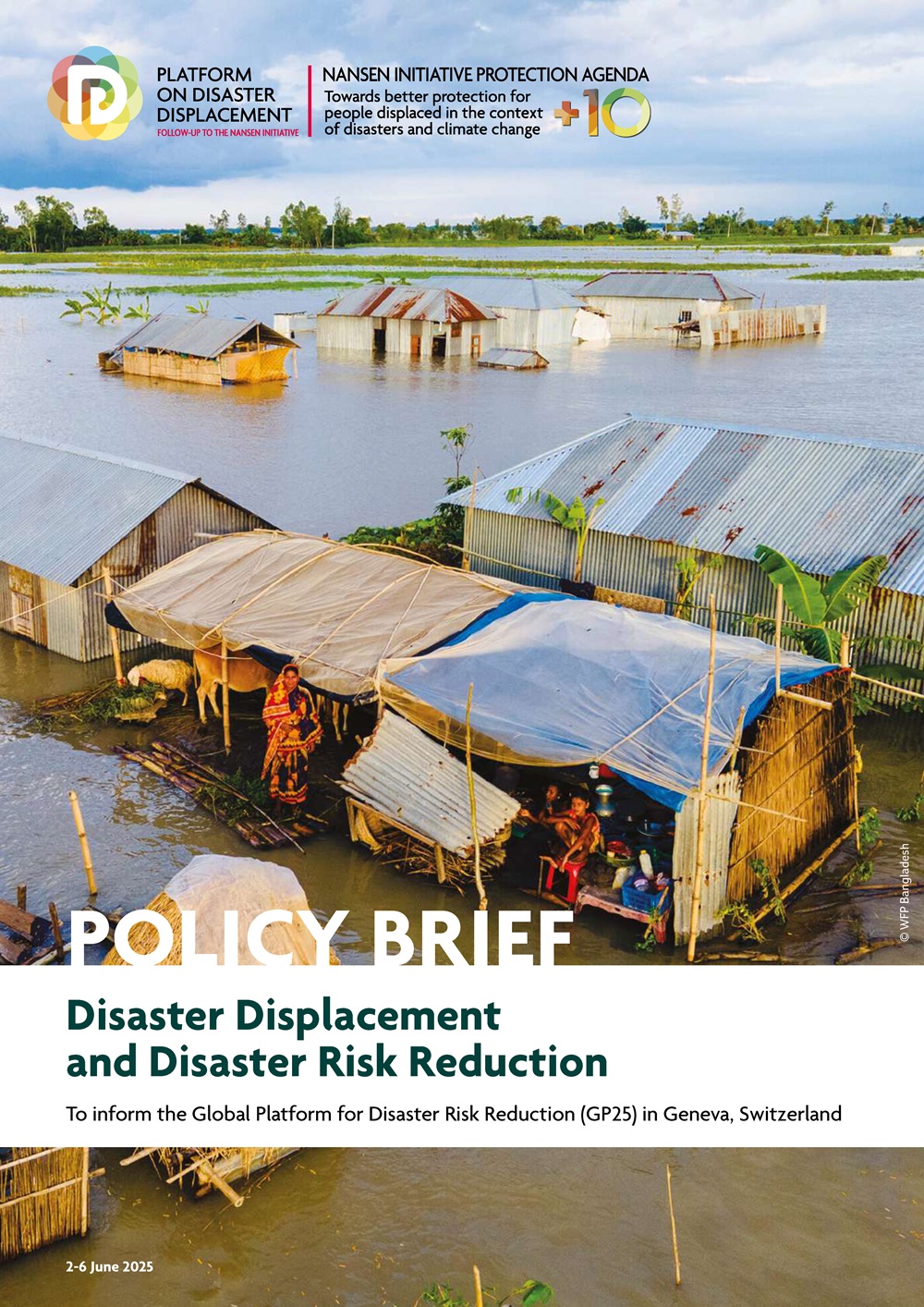Do Financial Remittances Build Household-Level Adaptive Capacity? A Case Study of Flood-Affected Households in India
KNOMAD
This paper examines the role of financial remittances on the adaptive capacity of households in floodaffected rural communities of Upper Assam in India. Findings reveal that remittances-receiving households are likely to have better access to formal financial institutions, insurance and communication devices than nonrecipient households. This study indicates that the duration for which remittances are received by a household has a significant and positive association with structural changes made by the household to address flood impacts, farm mechanization, the household’s access to borrowing, and participation in collective action on flood relief, recovery and preparedness. The adaptation potential of remittances of remittances can be realized if policy attention is given to attempts to enable gains in financial capital to be translated to gains in other types of capital and how the social element of remittances can be used to boost social capital. For example, by facilitating an increase in financial literacy and skills training, particularly among the poorer households in areas likely to be affected by the impacts of climate change and variability.




